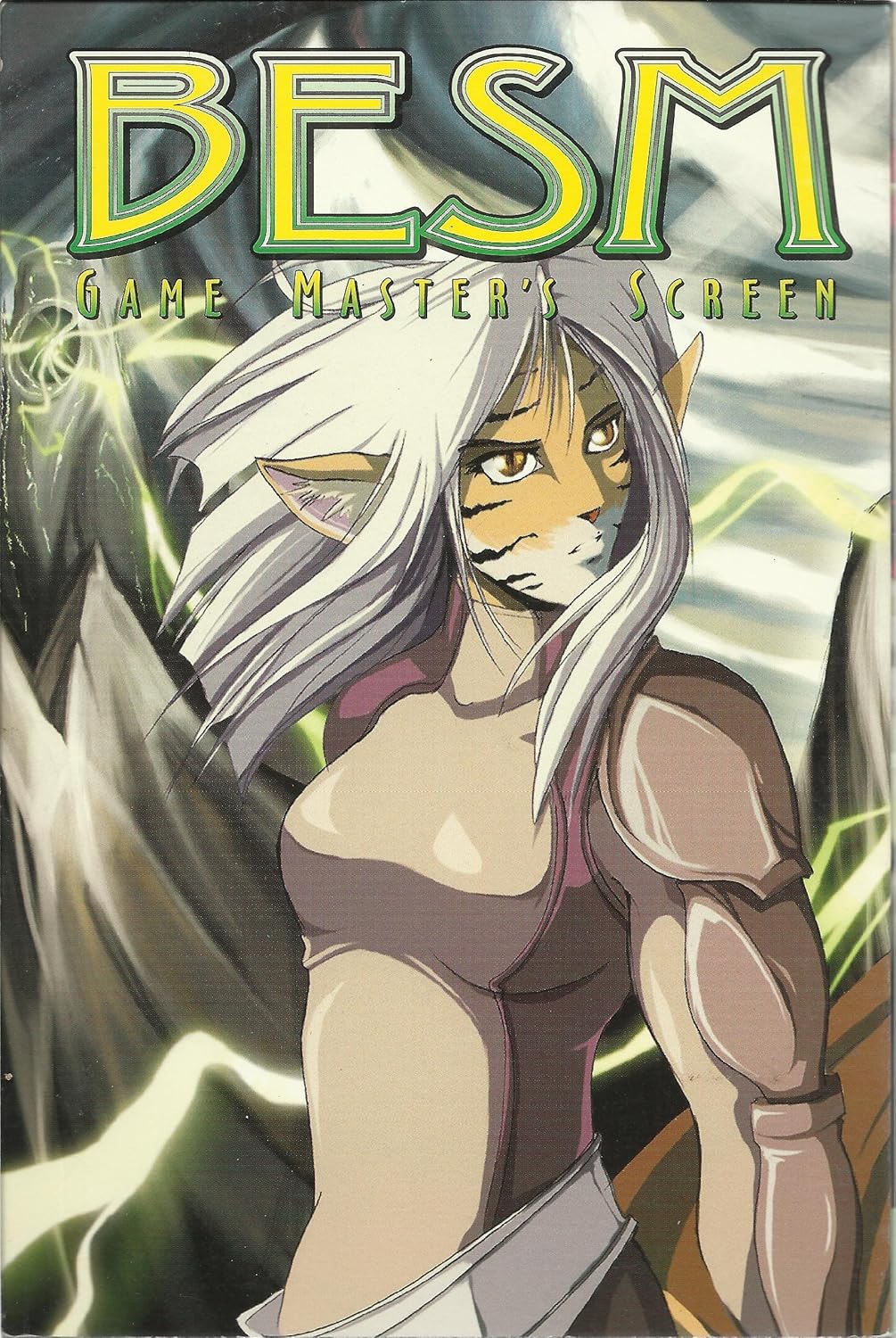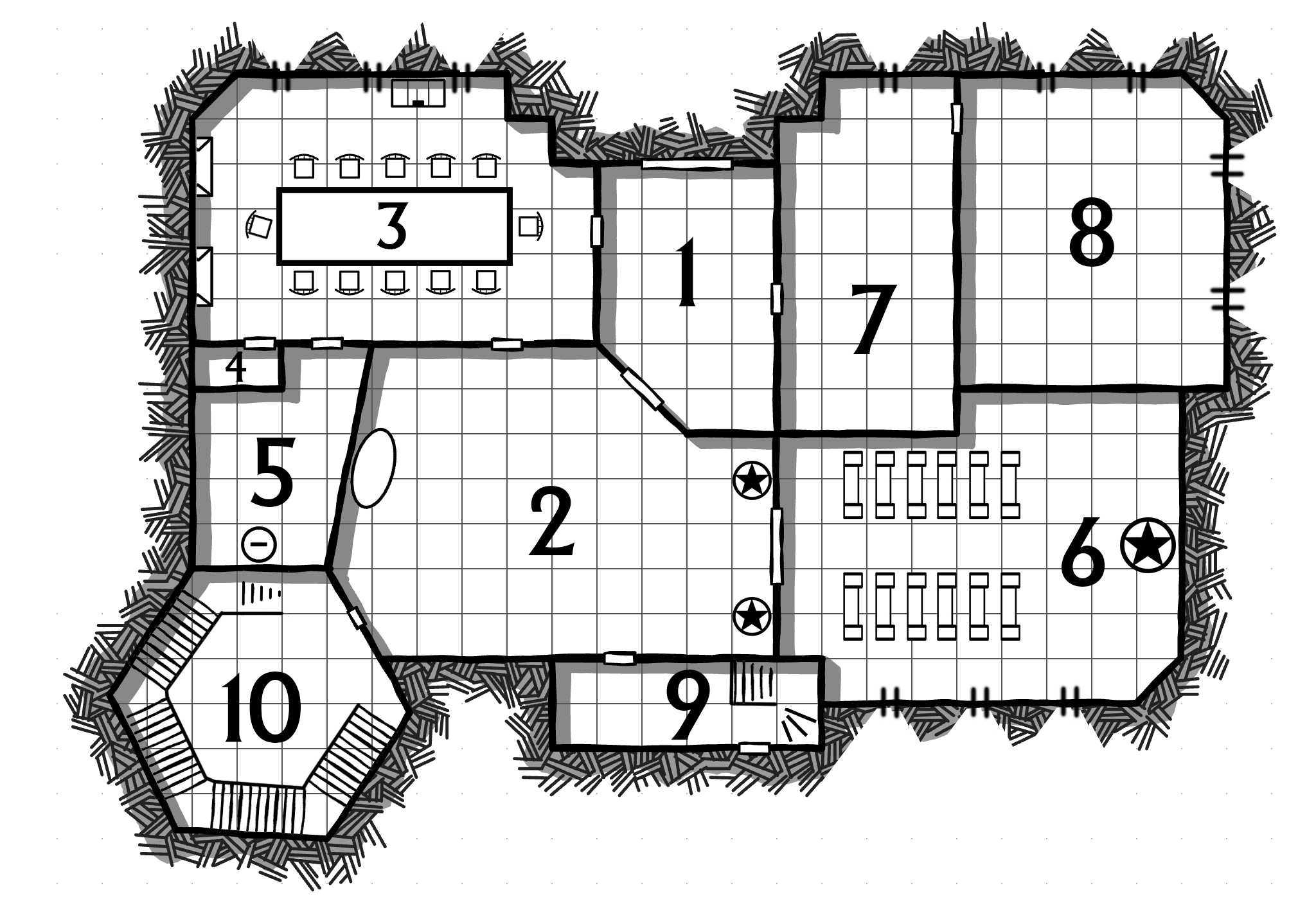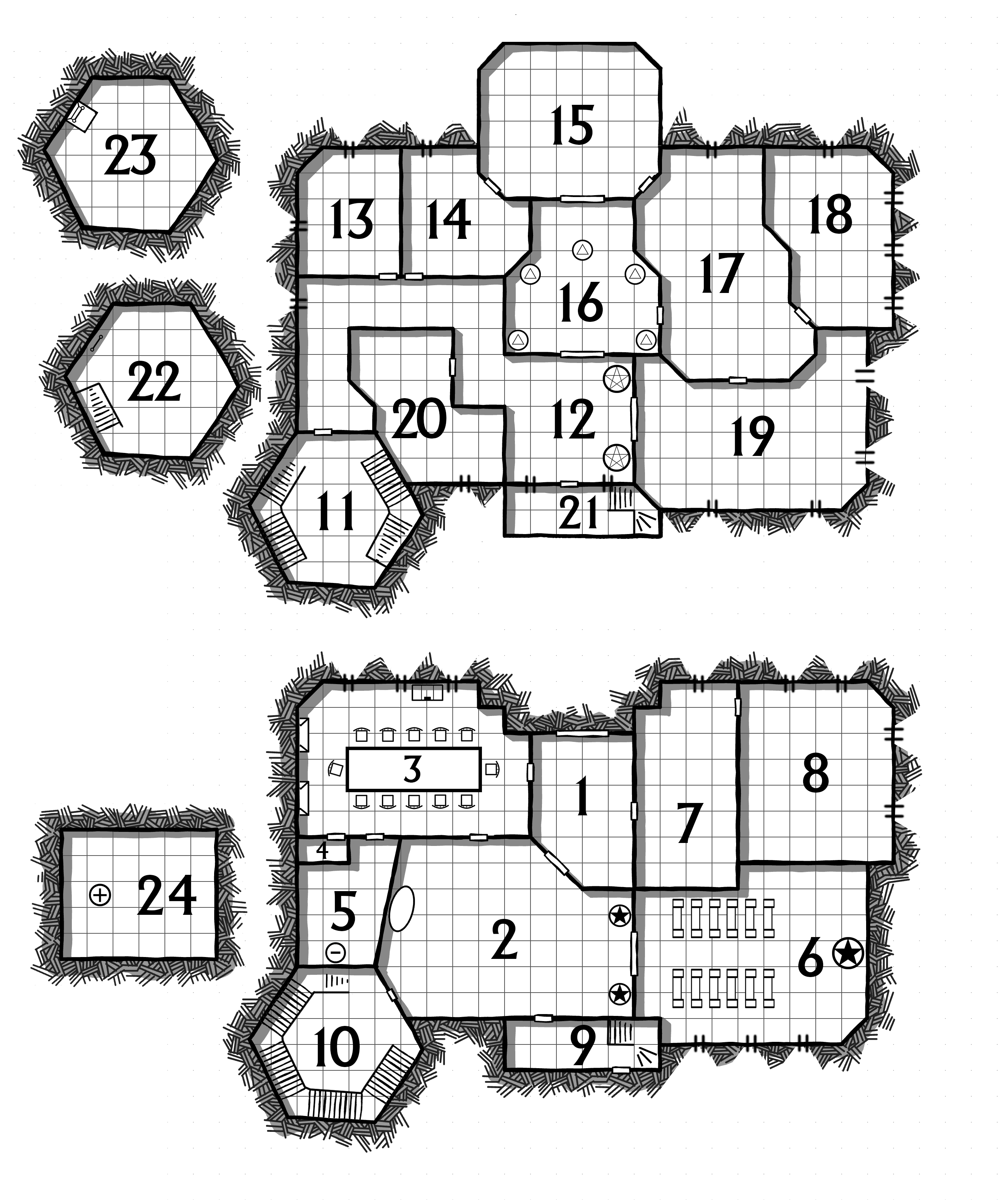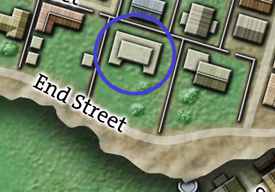Welcome to the world Blue Planet – one of the smartest games you’ll ever come across.
Review Originally Published in Games Unplugged (February 2001)
Republished on RPGNet May 22nd, 2001
The year is 2199. Natural and manmade disasters have torn Earth apart. Incorporated city-states dominate the political scene. Civilization has barely survived a post-modern dark age. But there is hope: A wormhole at the edge of the solar system leads to a blue, oceanic world… Poseidon.
Welcome to the world Blue Planet.
With the Player’s Guide (being reviewed here), and its companion volume (the Moderator’s Guide), the Blue Planet game is moving into its second edition, with these two core rulebooks covering the same material which the first edition rulebook and Archipelago supplement did. Although the Player’s Guide contains a solid set of introductory setting material, in general the contents of the two books can be broken down very simply: The Player’s Guide contains all the rules. The Moderator’s Guide contains the world.
From the first moment you encounter the world of Blue Planet (in a first person narrative introduction which not only introduces you to the planet Poseidon, but also gives you a firm grasp of what the life of your character is like) you begin to appreciate the impressive creativity and thought which have gone into it.
For starters, this is a smart game: The science and technology which provides the foundation for Blue Planet’s science fiction is not only well researched, but acts as a powerful element in the logical historical extrapolation which gives rise to the future history presented in the game.
Unsatisfied with merely giving the grognards a rich supply of technical detail, the designers of Blue Planet have given you a setting rich with themes and elements from across the scope of the science fiction field: High adventure, cyberpunk, post-cyberpunk, hard SF, and space opera all find their place here. You can choose what you want to emphasize in your own campaign, or take the rich synthesis of the entire gestalt to heart. This multi-layered approach – which adds depth, believability, and utility to the setting – also gives rise to a number of small touches which are packed full of dynamic possibility: For example, the handling of non-humanoid intelligence (and the allowance given in playing non-humanoid PCs) is refreshing and well done.
As a natural result of all this, the Blue Planet setting gives rise to a number of different campaign structures: GEO Marshals, Incorporate agents, illegal poachers, native activists, treasure hunters, and dozens of other possibilities lie nascent within this world.
Easily overlooked in this second edition is the brand new Synergy System, which replaces the rule system of the first edition. A limited dice pool system, with a standard combat extension, and a simple, realistic wound system that gets the job done. But where the system really shines is character creation – which is accessible, yet dynamic. Accessible because the process is kept open and simple through the use of varying power levels, character packages, and other shortcuts. Dynamic because underneath this simple exterior is a system capable of handling a wide variety of needs and wants. Perhaps the most interesting part of this entire system is the unique Attribute/Aptitude/Skill dynamic – in which characters not only have the traditional split between their natural talents (Attributes) and learned abilities (Skills), but also have a representation of what areas their character tends to excel in (Aptitudes). Aptitudes serve to focus a character’s role in a campaign in a very realistic and flexible fashion. There all sorts of elements throughout the character creation system which can be described in the same manner: They aid, but they do not restrict.
Grade: A-
Title: Blue Planet: Player’s Guide
Writers: Jeffrey Barber, Greg Benage, Allan Grohe, John Snead, Jason Werner
Publisher: Biohazard Games (Fantasy Flight Games)
Price: $27.95
Page Count: 255
ISBN: 1-887911-40-7
Product Code: BP02
Blue Planet is another of my great white whales (pun intended). I fell in love with this setting when I read the first edition, but I’ve never been able to run a game there. I haven’t sailed those cerulean seas for many years, but for a decade or more I frequently revisited them and dreamed. (One idea I had was as Blue Planet/Transhuman Space mashup.) I was even hired to write a supplement for FFG’s edition of the game, but that, too, never came to pass.
FASA released a revised version of the 2nd Edition, which I don’t own but have been given to understand is basically just a cleaned up version of the edition reviewed here. A third edition of the game, Blue Planet: Recontact, was crowdfunded in 2021, missed its intended 2022 release date, but appears to be on the verge of finally becoming reality. Perhaps the third time will be the charm for me!
BLUE PLANET REVIEWS
Moderator’s Guide
Fluid Mechanics
First Colony
Frontier Justice
For an explanation of where these reviews came from and why you can no longer find them at RPGNet, click here.
















